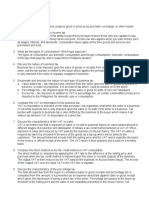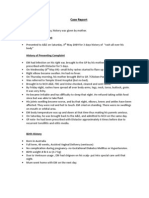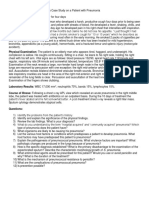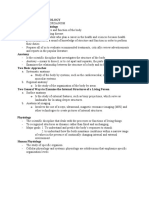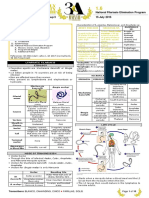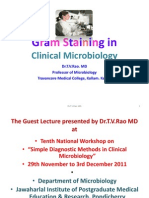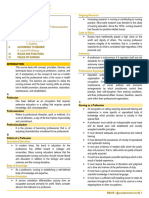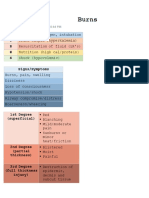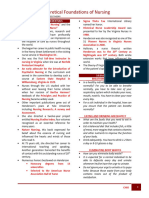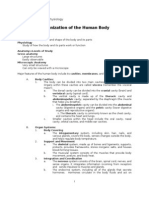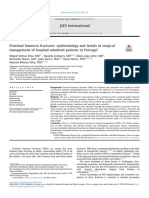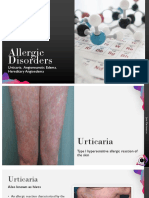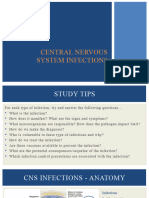0% found this document useful (0 votes)
847 views7 pagesYmphatic Ystem: Natomy AND Hysiology
The lymphatic system plays an important role in immunity and fluid balance. It filters lymph and produces lymphocytes and antibodies to defend against pathogens. The document describes the anatomy and physiology of the lymphatic system and developmental variations in infants/children, pregnant women, and older adults. It then provides guidelines for subjective and objective clinical assessment of lymph nodes, including inspection, palpation of superficial nodes in different areas, and noting characteristics that may indicate infection or malignancy. Finally, it outlines some common lymphatic abnormalities like acute lymphangitis, lymphadenitis, non-Hodgkin lymphoma, and Hodgkin disease.
Uploaded by
dlneisha61Copyright
© Attribution Non-Commercial (BY-NC)
We take content rights seriously. If you suspect this is your content, claim it here.
Available Formats
Download as DOC, PDF, TXT or read online on Scribd
0% found this document useful (0 votes)
847 views7 pagesYmphatic Ystem: Natomy AND Hysiology
The lymphatic system plays an important role in immunity and fluid balance. It filters lymph and produces lymphocytes and antibodies to defend against pathogens. The document describes the anatomy and physiology of the lymphatic system and developmental variations in infants/children, pregnant women, and older adults. It then provides guidelines for subjective and objective clinical assessment of lymph nodes, including inspection, palpation of superficial nodes in different areas, and noting characteristics that may indicate infection or malignancy. Finally, it outlines some common lymphatic abnormalities like acute lymphangitis, lymphadenitis, non-Hodgkin lymphoma, and Hodgkin disease.
Uploaded by
dlneisha61Copyright
© Attribution Non-Commercial (BY-NC)
We take content rights seriously. If you suspect this is your content, claim it here.
Available Formats
Download as DOC, PDF, TXT or read online on Scribd
/ 7

